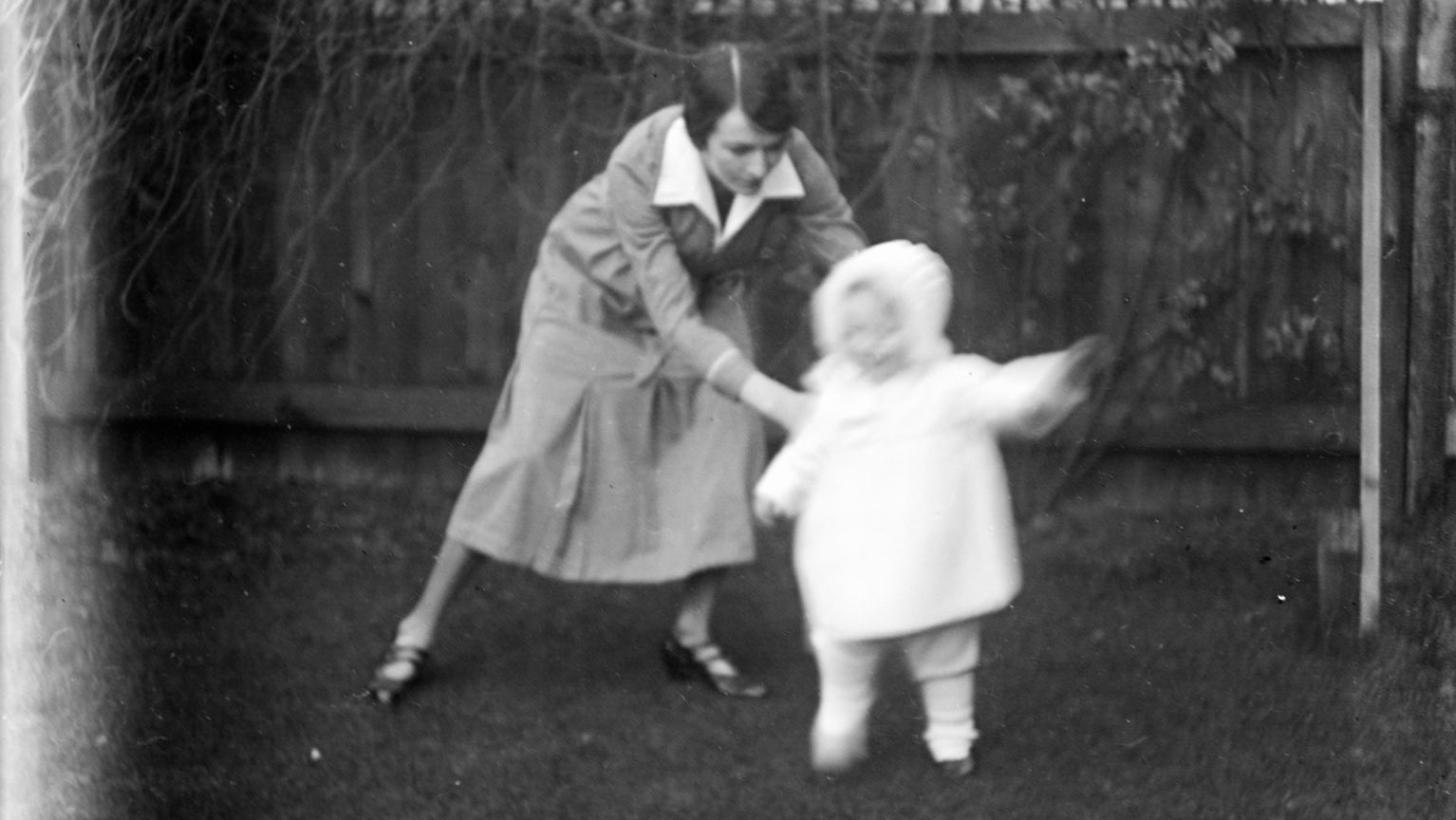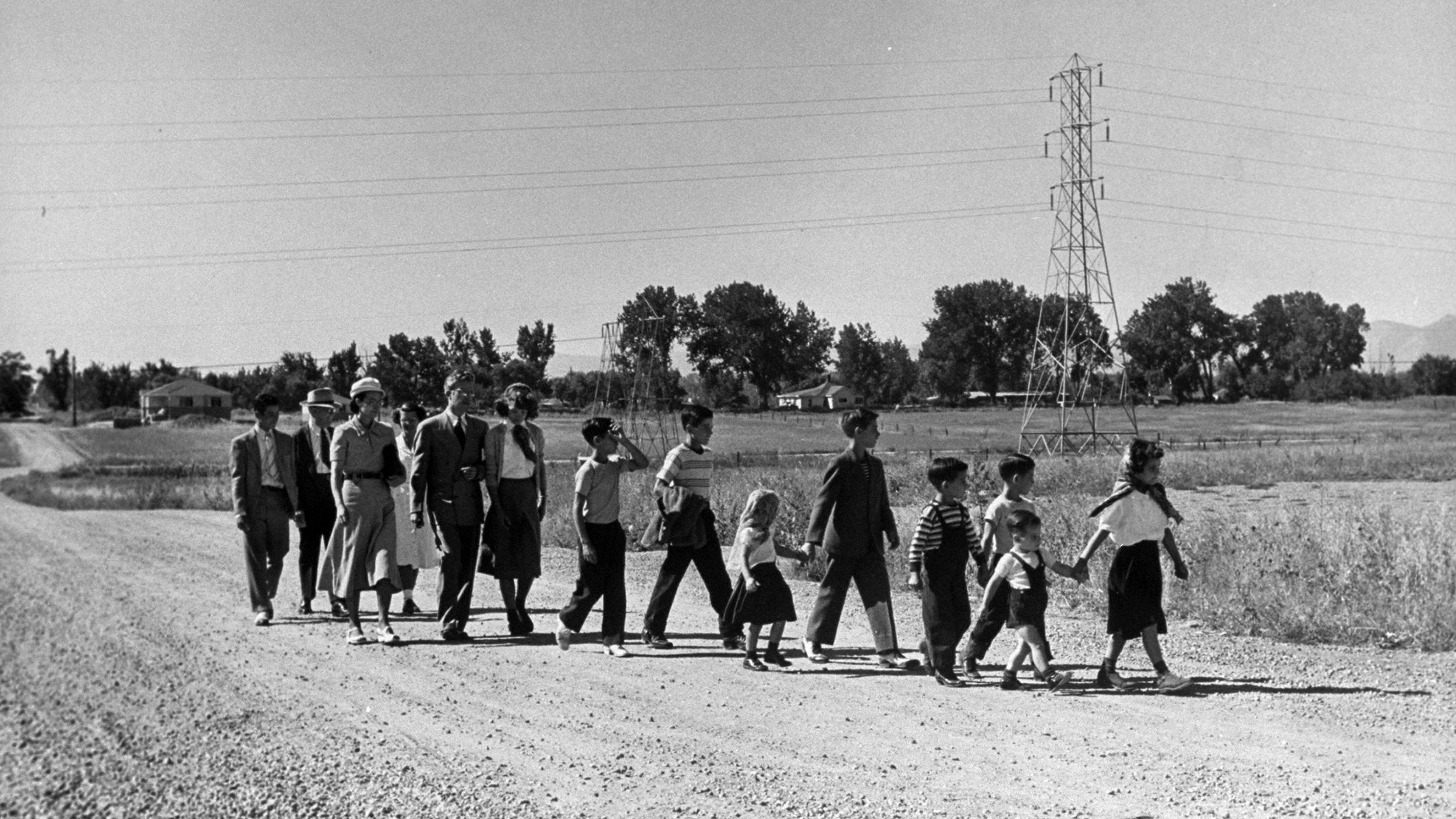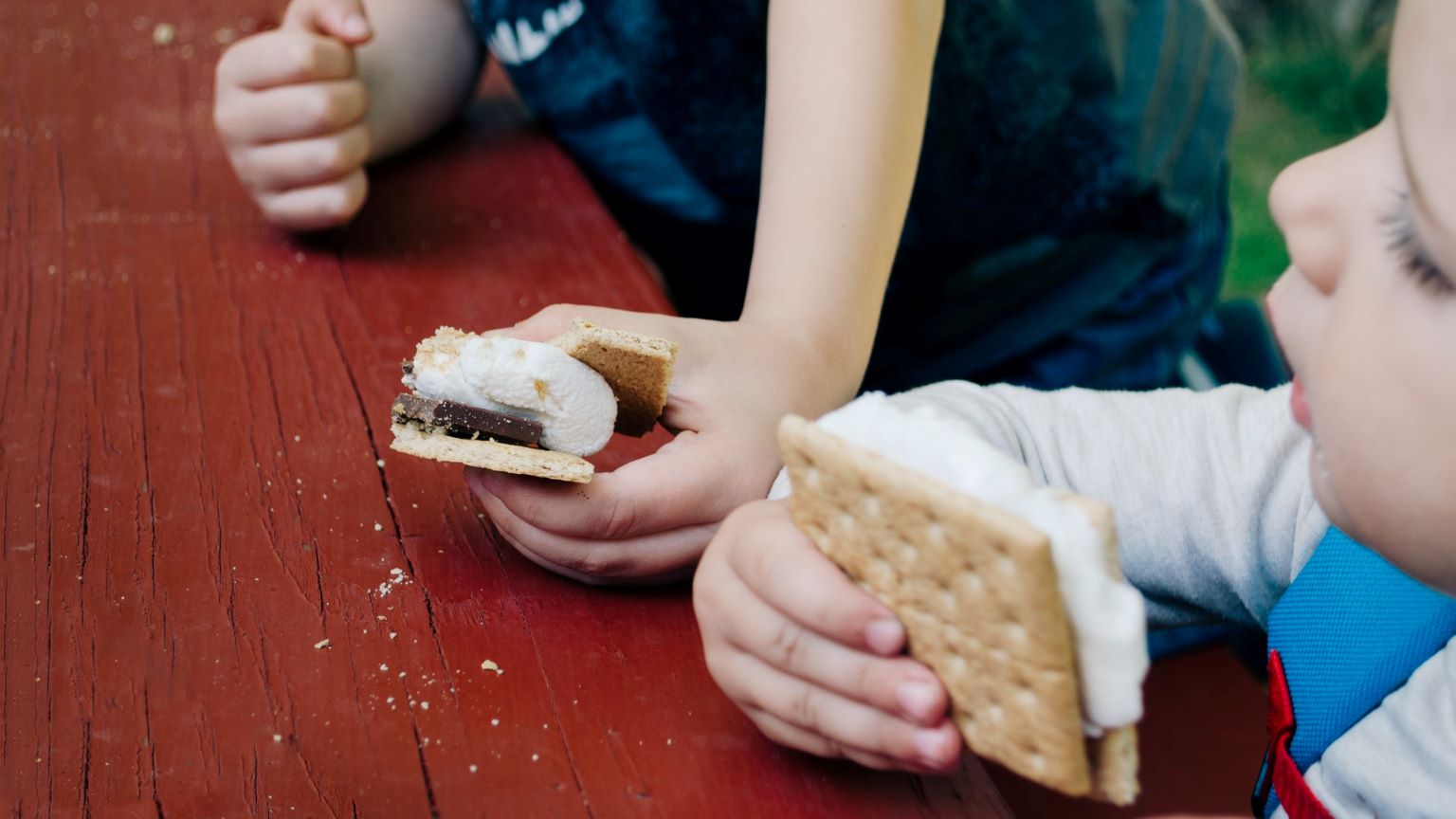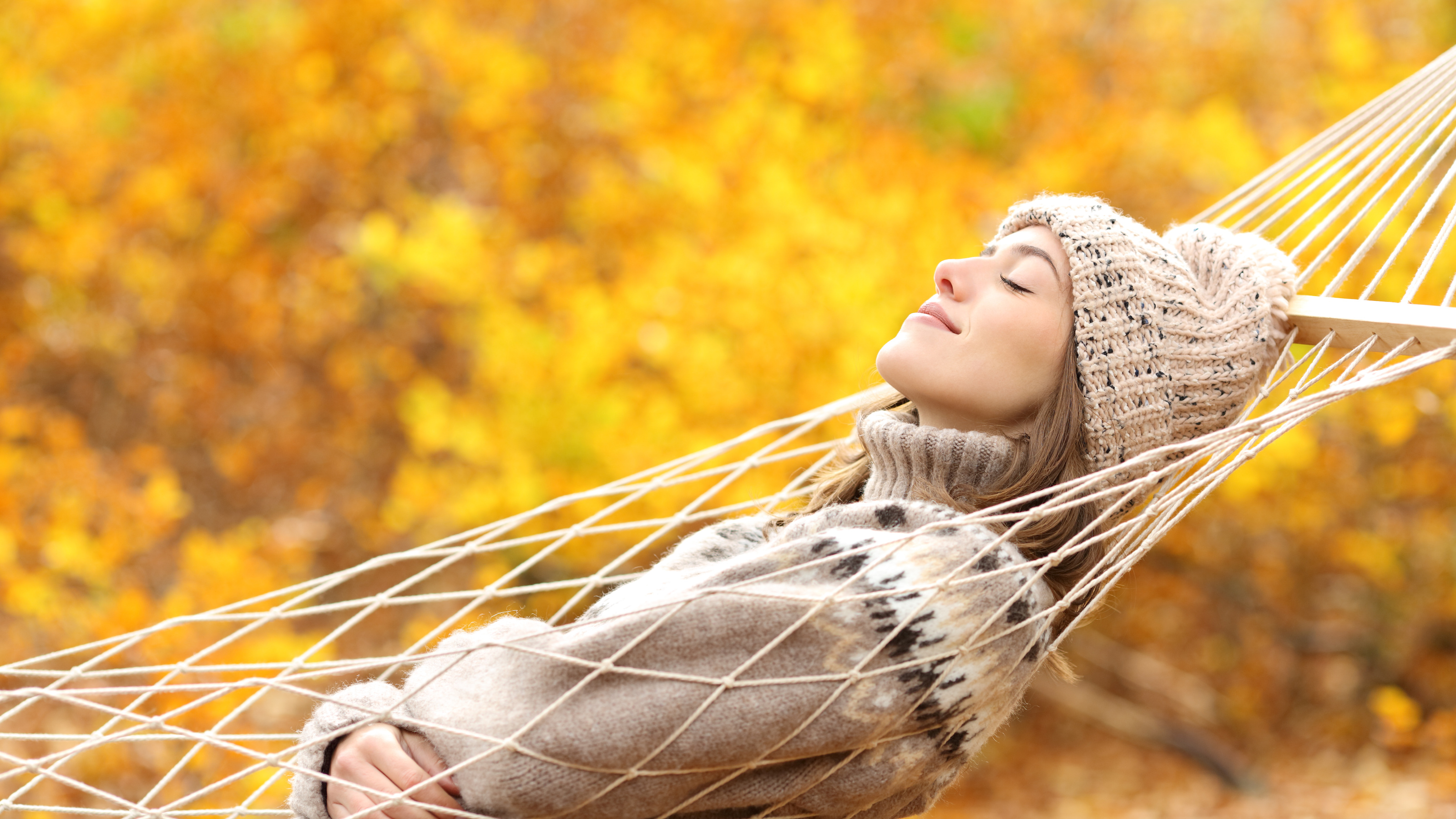The anxious history of the American summer camp

In the summer of 1861, weeks after Confederate troops fired the first shots of the Civil War, educator and abolitionist Frederick Gunn assembled his own troops—about 30 boys and a dozen girls who were students at his Washington, Connecticut, boarding school. Gunn, an early proponent of outdoor education, had led students on camping trips before, but this time he had something a little more regimented in mind.
Like the gathering Union forces, they would march—42 miles to be exact—to a beach on the Long Island Sound, where they would set up camp, waking in the morning to a bugle call and falling asleep under the stars after singing patriotic songs by the fire. During the day, between fishing and foraging, they would perform military drills in preparation for their eventual service in the Union Army. The Gunnery Camp, as it came to be known, was so successful (“a jocund ten days,” one student remembered), that Gunn made a tradition out of it.
The American summer camp had begun.
While much has changed in the century and half since Gunn trained future soldiers on a Connecticut beach, summer camp has always involved “adults projecting their own ambivalence about modern life onto children,” according to Michael Smith, a professor at Ithaca College who has researched the history of camp in the United States.
As the country rapidly industrialized after the Civil War and many families relocated from the country into loud, crowded cities, that ambivalence concerned the detrimental effects of urbanization. Suddenly, instead of spending their days outside working on the family farm, kids were languishing in cramped apartments or enduring long shifts in dark factories.
“There was a lot of anxiety about what that was doing to the character of children,” Smith says. A few months away in nature, adults hoped, “would help children reclaim the physical and spiritual heritage of their hardworking pilgrim and pioneer forebears.”
The first independent summer camp, not affiliated with a school, was founded in 1876 by a Union veteran with the goal of whipping so-called “weakly boys” into shape. The North Mountain School of Physical Culture outside Wilkes-Barre, Pennsylvania, cost $200 for four months and was based partly on founder Joseph Rothrock’s own childhood experience in the outdoors. At the age of 12, after illness had kept him housebound for years, Rothrock’s parents sent him to a relative’s farm, where morning chores and roaming the countryside with other kids proved to be an antidote to his maladies.
Around the same time that Rothrock was taking city kids to the woods, a Dartmouth dropout named Ernst Balch looked on in dismay as wealthy families with young boys spent their summers at the tony resorts of New Hampshire’s White Mountains. Instead of catching their own dinner from a stream, they were waited on; instead of learning to pitch a tent, their beds were made by housekeepers. Disturbed by “the miserable condition of boys from well-to-do families,” Balch founded Camp Chocorua in 1881. In addition to swimming and hiking, campers cooked meals, cleared trails, and washed clothes, “activities Balch believed would develop self-reliance instead of dependence,” says Smith.
Soon, summer camps began popping up all over New England, and they weren’t only for boys. In 1892, Camp Arey in New York began admitting girls. In 1902, Laura Mattoon founded Camp Kehonka in New Hampshire, where girls wore “bifurcated garments,”—also known as skorts—so they could romp and tromp freely. And in 1910, Luther Halsey Gulick and his wife Charlotte established the Camp Fire Girls, a corollary of the Boy Scouts, and started Maine’s Camp Wohelo, short for work, health, and love.
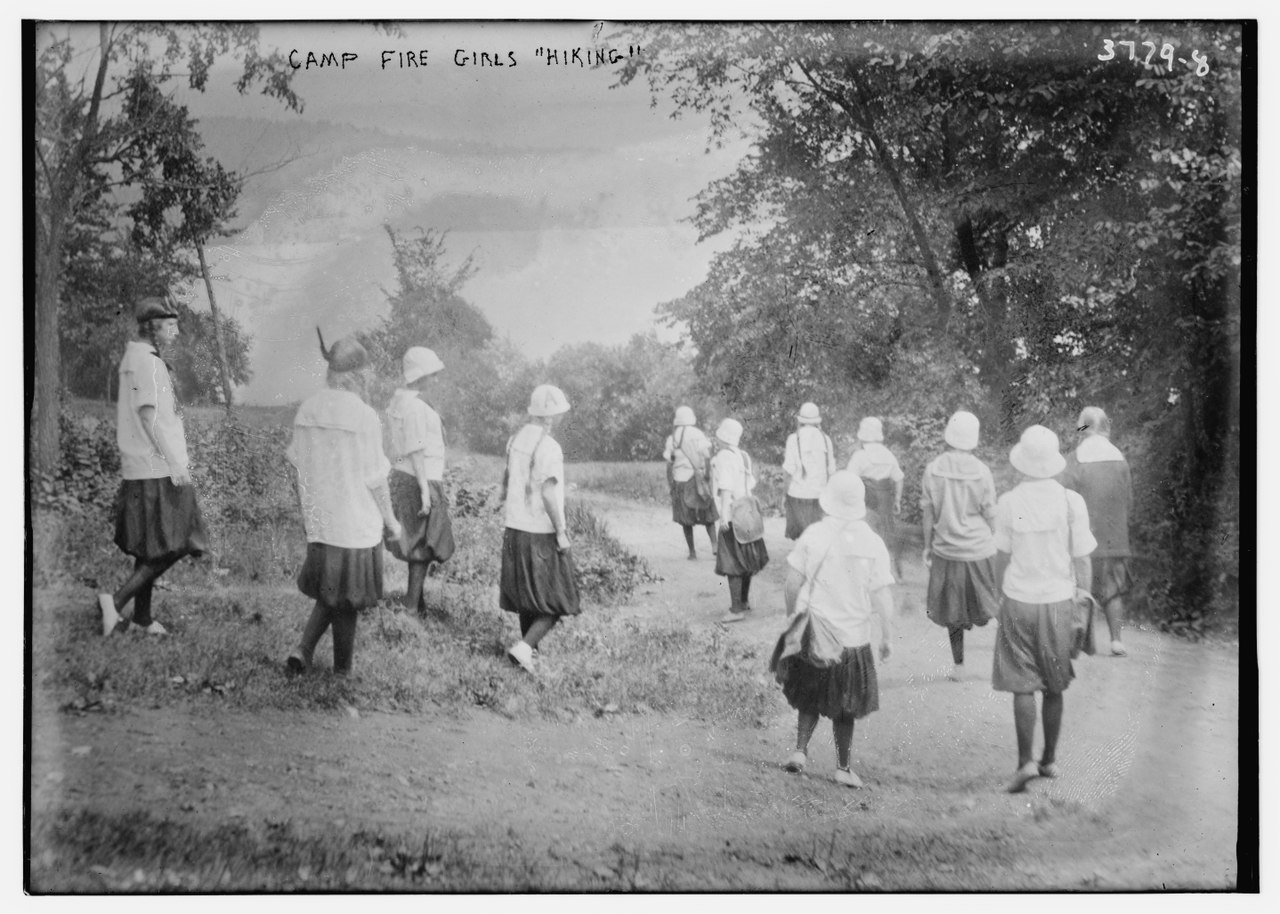
By the end of World War I, according to Smith, summer camp had evolved “from a loosely organized collective of camps for very poor or very well-to-do children into a nationally recognized youth-serving institution.” At the turn of the 20th century, there had been fewer than 100 summer camps. By 1918, there were more than 1,000.
During the years between the two world wars, as anxieties over the rise of fascism suffused the adult world, advocates began to see summer camp as a way to instill the principles of democratic cooperation into the next generation. H.W. Gibson, a prominent naturalist and former Gunnery camper, argued camp should lead to the “development of a better citizenship and the kind of character that will continue to produce when campers return to their homes and their schools and their communities.”
When WWII began, it was only natural that campers would contribute to the war effort, which they did through Victory gardens or by volunteering on farms that were short on labor. A June 1942 Camping Magazine article suggested some new activities for campers, including “coordinating a camp defense unit,” and “making a list of things you might want to do with your leisure time in a foxhole on the Bataan Peninsula.” Meanwhile, the American Camping Association pledged to prioritize “adolescent fitness for combat,” says Smith.
In the wake of the war, however, American summer camp morphed into the recreational version we recognize today, where kids practiced assembling s’mores, not a mobile defense unit.
“Many psychologists and youth workers feared the experience of growing up during WWII had produced a generation of troubled, insecure youth,” says Smith. Increasingly during the 50s and 60s, when Smith says “a significant number of kids experienced camp in some way,” parents hoped the experience could provide a refuge for children’s innocence instead of a training ground for soldiers, citizens, or even self-sufficient adults.
America’s summer camps have reflected other social and cultural trends. In the first decades of the 20th century, during the Progressive Era, camps for marginalized groups of kids had begun to appear, including Massachusetts’ Camp Atwater, the first summer camp for Black children. Summer camps in much of the country would remain segregated, however, for another half century.
While a handful of radical labor organizations had offered integrated summer camps during the 1930s and 40s—the most famous of which was Camp Wo-Chi-Ca, short for Workers’ Children Camps, where counselors led discussions on racial discrimination—perhaps the first mainstream integrated camp was founded by the women of the Methodist Council of Little Rock. Camp Aldersgate opened in 1947 on land that had once been a turkey farm. Its first years were tumultuous; as children swam in the lake and socialized in the dining halls, camp staff dealt with death threats, bomb threats, and the occasional gunshot.
As children swam in the lake, camp staff dealt with threats and the occasional gunshot.
In 1964, the Civil Rights Act made segregated summer camps illegal, though true integration was slow in coming. (Today’s summer camps are still coming to terms with a long tradition of exclusion—the Boy Scouts ban on gay youth, for example—and cultural appropriation of Native American names and symbols.)
Camp advocates have clung to “the potential for a few weeks at camp to solve innumerable social problems,” says Smith, even if they can’t quite agree what those problems are. Others continue to argue that, at its core, camp should be a therapeutic experience, a place where children can “develop more complete personalities and eventually contribute more fully to civil society as adults,” Smith says.
These days, about 26 million children attend some kind of camp each year, and the institution continues to “evolve but endure,” Smith says. While these spaces may always reflect the worries and insecurities of adults, for children summer camp remains about something even more profound: fun.
This article originally appeared on Atlas Obscura, the definitive guide to the world’s hidden wonder. Sign up for Atlas Obscura’s newsletter.
